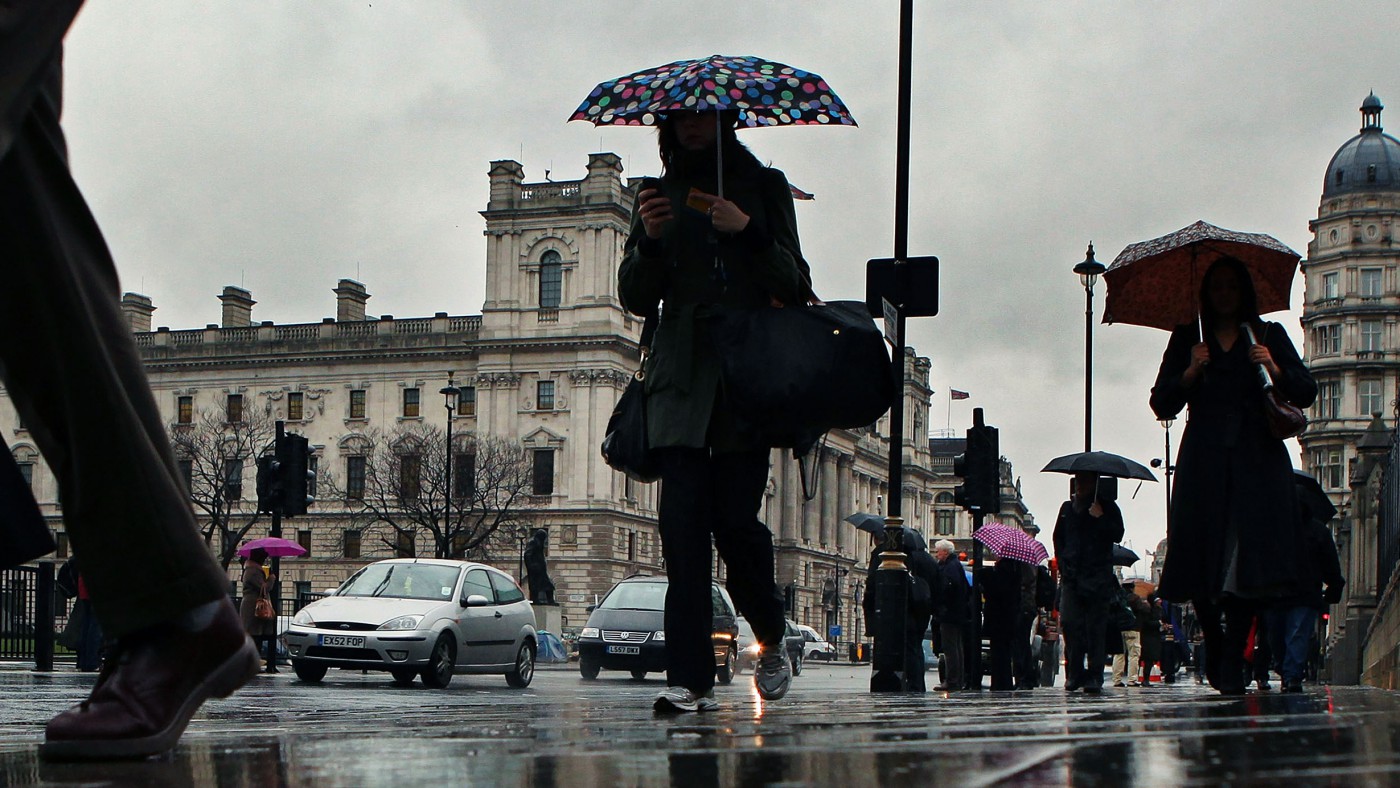The dramatic fallout from the Budget last month has put the spotlight on the distributional impact of the Government’s policies. According to the Government’s critics, policies over the past six years have hit the poorest the hardest. Oxfam claims that the Institute for Fiscal Studies’ (IFS) analysis shows that the poorest two tenths of the population have seen the greatest cuts proportionally to their net income from tax and benefit changes.
It is, of course, true that benefit changes do directly impact the poorest more proportionally. Those lower down the income scale are more likely to be in receipt of benefits. However, the IFS emphasises that their analysis has an important caveat – namely that it assumes households do not change their behaviour in response to the Government’s tax and benefit changes. In reality, people’s behaviour will change. For instance, people might be more likely to enter into paid work if out-of-work benefits and taxes on earned income are reduced.
The IFS analysis – although useful in some ways – should therefore not be used as a way of determining the overall impact of government policies on wealthy and poorer households.
To examine the overall impact of policies, it is more accurate to measure the changes in the final incomes of the poorest and wealthiest families. The Office for National Statistics publishes datasets annually on the final income of UK households by quintile by including household income from employment and benefits and subtracting the impact of direct and indirect taxes.
Analysis of non-retired households actually shows that incomes (in cash terms) of the bottom and 2nd quintiles have outpaced that of higher income groups. The poorest two quintiles have both increased their final incomes by 11.1% from 2010-11 to 2013-14, while the richest quintile has lost 4.5% in income over the same period. This has actually led the UK’s Gini Coefficient – the most popular measurement of income inequality – to fall from 33.7 to 32.4 over the period 2010/11 to 2013/14.
This may seem illogical. How can this be the case when IFS analysis shows that the poorest have been disproportionately affected by tax and benefit changes? Well, the answer is that the incomes of the poorest – despite or because of the tax and benefit reforms – have been boosted by higher income from increased employment levels. For example, the 2nd poorest decile’s cash benefits remained steady, while original incomes increased by over 11%.
There is strong evidence to suggest that welfare reforms have helped bring about increases in household incomes by reducing unemployment levels. While welfare spending has remained virtually flat in cash terms since 2010, unemployment and workless households in the UK have fallen dramatically. Unemployment is down from a peak of 8.5% in 2011 to just 5.1% currently, and the number of workless households in the UK has fallen by 479,000 – a drop of 25%, according to the ONS’ Labour Force Survey.
Despite popular opinion, growing levels of employment and falling unemployment has led to a narrowing in income inequality. This is a great success story for the Government and should be welcomed.
However, this does not mean that other inequalities have not increased since 2010. Wealth inequality is increasing, primarily due to the huge inflation of asset prices. In the last two years, the richest quintile has increased its median wealth by a staggering 14%.
There are various factors behind this rapid increase in asset prices, including the Bank of England’s quantitative easing programme and problems in the UK’s housing market. By inflating asset prices, the increase in the value of households’ financial wealth has been skewed towards the richest – given that the top 5% of households hold 40% of the assets, according to analysis from the Bank of England. This is certainly an issue that the Government needs to tackle.
Rather than focusing on income inequality – which has actually fallen – the Government should be focusing on continuing to raise the living standards of the poorest, while tackling the problems that are contributing to asset price inflation.


